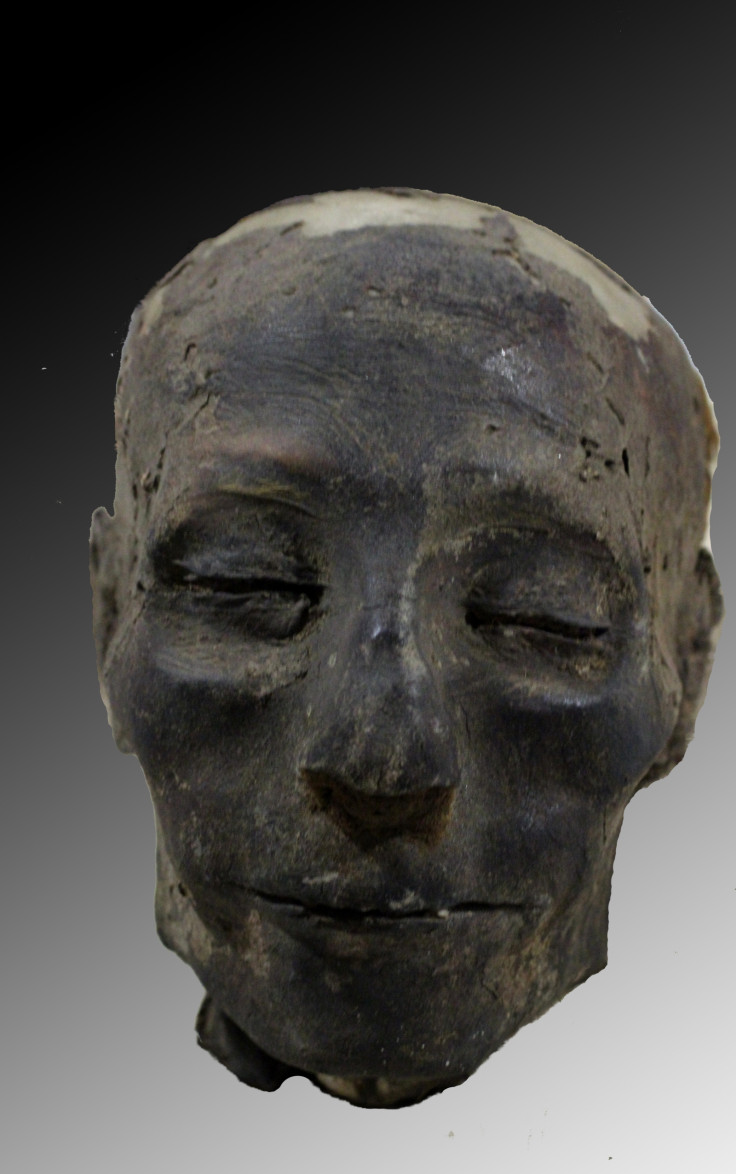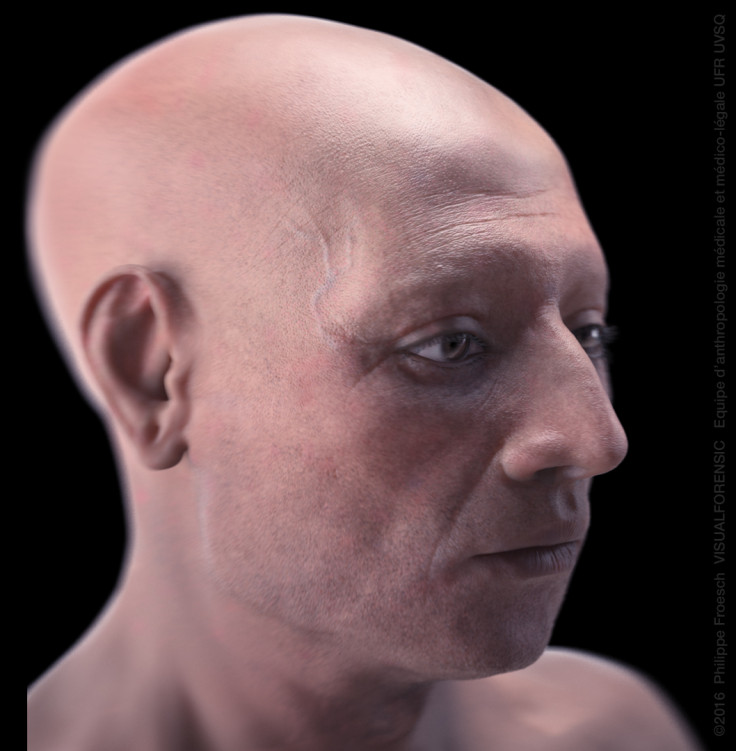Face of ancient dignitary shows how mummies were made in Egypt 3,500 years ago
Nebiri was known as the Chief of Stables during the reign of Pharaoh Thutmose III.

Archaeologists have reconstructed the face of a high-ranking individual from Egypt's 18<sup>th Dynasty (1550 BCE to 1292 BCE) known as Nebiri. Their investigations have also revealed new information about how his body was prepared for mummification, shining a light on the funerary rites for the non-royal elite at the time.
Nebiri has previously been described as "Chief of Stables" during the reign of Pharaoh Thutmose III about 3,500 years ago. Past research has shown that he had died of acute heart failure sometime between the age of 45 and 60. He had then been buried in the Valley of the Queens, but his tomb was later plundered to such an extent that only his head remained undamaged.
The discovery of this head was quite significant, as it represents a rare example how funerary rites were performed for high-status but non-royal individuals.
While Egyptologists have gained over the years a good knowledge on the funerary treatment of 18th to 20th Dynasty mummies through the radiological investigations of the Egyptian kings and queens, there is less data available regarding the exact procedures applied to non-royal individuals in the same time.
A new study of Nebiri's head, now published in Forensic Science, Medicine and Pathology, allowed researchers to improve their knowledge of these funerary practices and to confirm the Chief of Stable's status within the elite of the 18<sup>th dynasty.
"This research focused on using forensic methods to both identify what he might have looked like and to look at the techniques of mummification and how they might compare with other people from the same period," first author, Robert Loynes, at the KNH Center for Biomedical Egyptology at the University of Manchester told IBTimes UK.
Nebiri's face and status
Nebiri's head underwent CT scans to investigate the kind of treatment it would have received during the mummification process. Using the CT scan data, the scientists then performed a facial reconstruction of the face using accepted forensic methods – methods accepted in the courts of law today.
Biochemical analyses had been done in the past on some of the linen fragments used to wrap the lungs and the head to identify the compounds used in the embalming recipe – probably a complex mixture of animal fat, aromatic plant and resin.
These analyses, coupled with the CT scans and the work on facial reconstruction, allowed the researchers to discover a couple of important features of the mummification procedures used in this case.
They show evidence of a unique approach to excerebration (the removal of the brain), with a hole made in the cribriform plate (a bone on top of the nose) to get the brain out, but almost all of the brain actually remaining in place.
"The method of entering the skull cavity to remove the brain is the one described by Herodotus roughly around 450 BCE. The idea was to break through the cribriform plate and then to remove the brain. However, here, most of the brain remains intact within the skull, it has not been effectively removed at all. We also find that linen was introduced, pushed into the residual brain and left there," Loynes said.

Linen bandages in fact seem to have been introduced everywhere in the head to protect it and allow it to conserve its appearance. It's possible that the hole on the nose was actually made to introduce the linen and not to remove the brain. The eyes were also carefully prepared during the mummification process - the eyeballs were opened and linen was packed in so they would retain their spherical shape.
These mummification techniques are similar to that seen in other high-status elite burials of the period and confirm that Nebiri was part of this group of society.
"Our work confirms that he was high status elite, and this fits in well with his title as Chief of Stables. In itself that was already a high status title, because horses had only been introduced in Egypt just before the 18<sup>th dynasty. But by comparing mummification techniques, it is possible to add a significant amount and weight of evidence to that," Loynes concluded.
It is worth pointing out that there might have been variations in the mummification rites for the non-royal elite. Indeed, there were many embalming workshops throughout Egypt that each had their own practices.
© Copyright IBTimes 2025. All rights reserved.






















